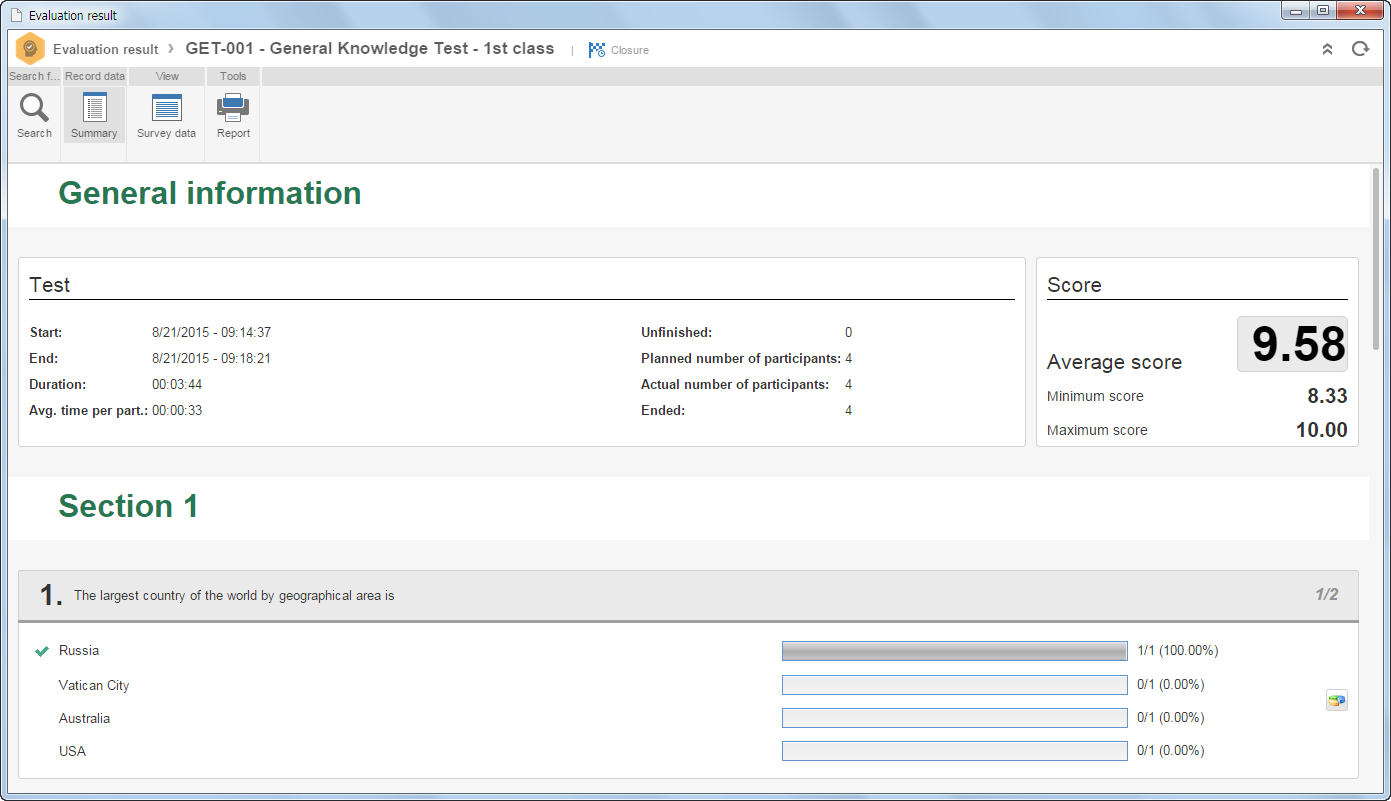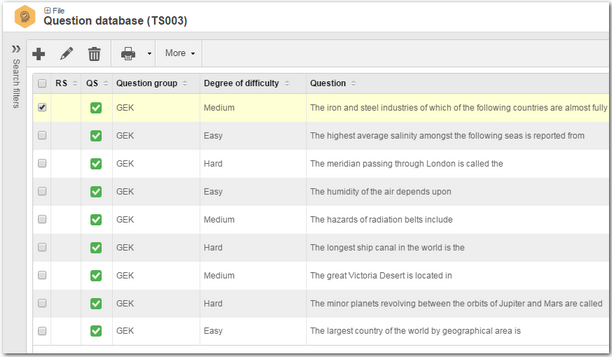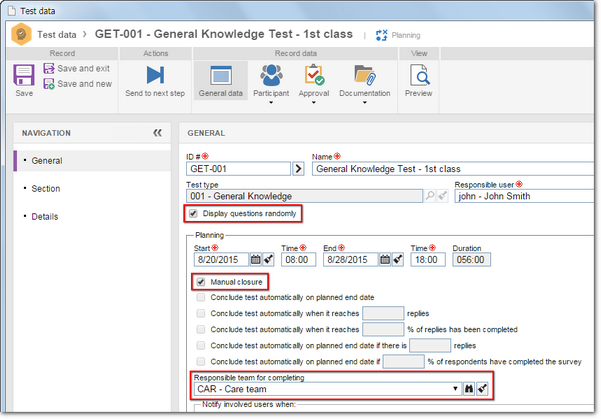
The objective of SE Test is to manage these tests from modeling to analysis of the result, going through the correction data.
Question database
Question database was developed to center questions in one place. Thus, they can be used afterwards in other tests.
When user uses the question database, he does not need to register the same question for each registered test, as he can simply copy it.
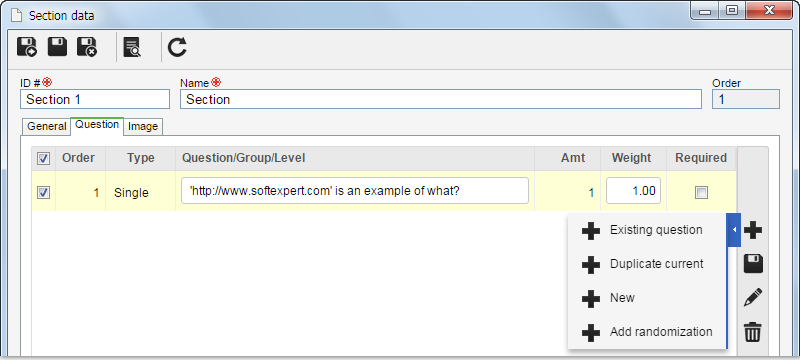
Question randomization
Question randomization will allow responsible user to apply tests with questions that will be possibly unique for each participant. Consequently, the number of identical answers will fall and the degree of difficulty of the test will increase. Apart from that, it will be possible to classify them in the randomization according to the degree of difficulty of each question.
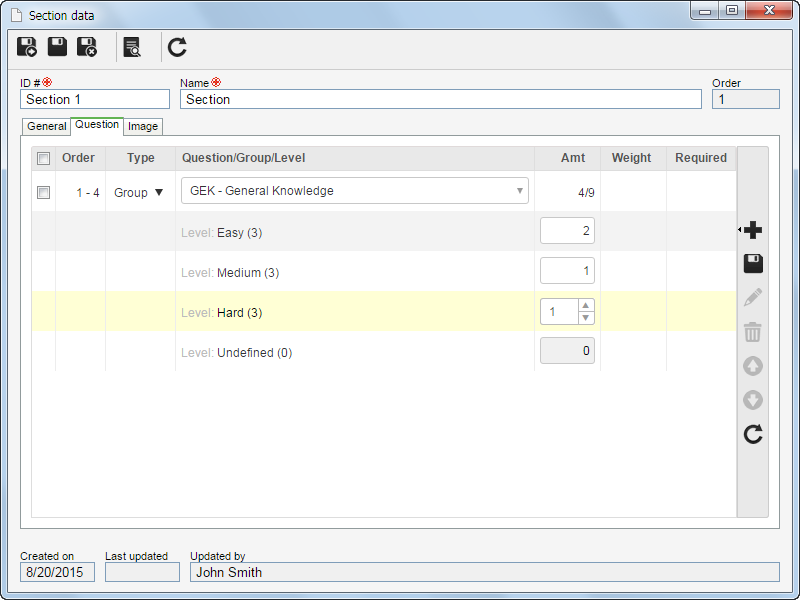
Test template
Allows to create test templates and use them to create tests. Time and cost will be reduced after that improvement.
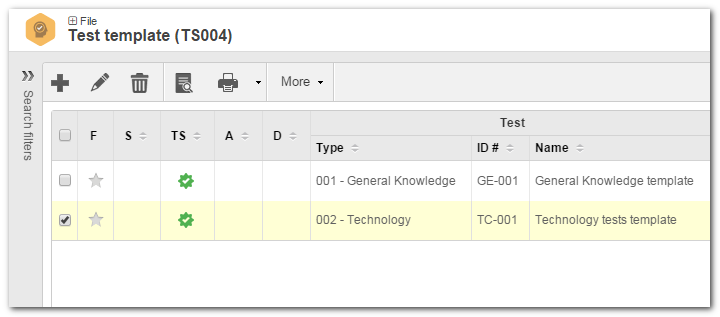
Now creating a test will be easier, more practical and with less effort. After a few clicks user can register a test in SE Survey; he only has to select a template that has been registered before and insert it in the test.
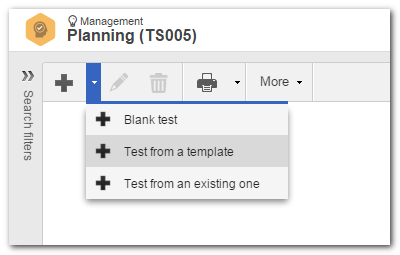
Test template revision
Through the revision user can control tests. Productivity and operational efficiency will be increased because user will not need to create test templates to add/delete a question but to create a new revision.
Responsible team for completingThe objective is to feed SE Test with data coming from other external tests as hard copy surveys. Once you have test data, responsible user or team will be able to transfer it to SE Test, so that this data can be read and taken out from the research afterwards. |
Manual closureThe test cannot be executed manually, either through test execution or through configuration in planning. Responsible user must execute the test. This functionality will satisfy the need to close the test every time it is necessary. |
Display questions randomlyAnother outstanding functionality of SE Test will be the generation of questions and answers randomly, increasing the degree of difficulty of the test. Questions and/or answers displayed in different order will make tests increasingly elaborate and applied under quality standards, so that the attained objective is near the expected level. |
|
Test correction
Determining accurate result, with high quality standards and removing correction defects may be challenging. To improve and guarantee transparency to the end result, manual correction functionality was developed in SE Test. Thus, responsible user will be able to register manual correction for each question manually. Besides manual execution, automatic correction will be available, where only the system will evaluate the result of each answer.
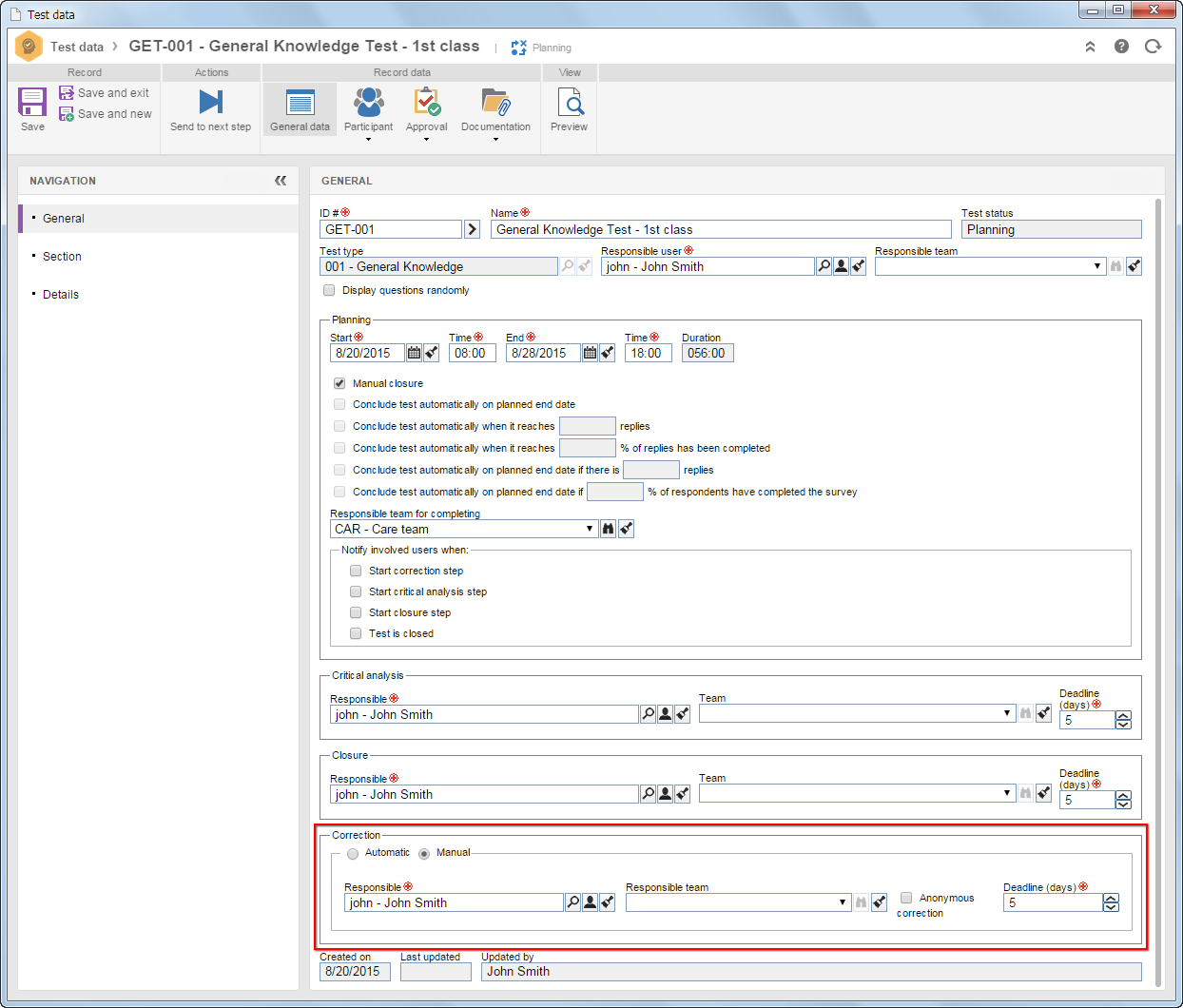
Test approval (Planning, Critical analysis, Closure)
The objective of the approval step is to guarantee effectiveness/maturity during the preparation of the tests and in actions that have to be taken/executed along the process. The flow goes from the test preparation to closure. For example, if the action taken during the critical analysis is not satisfactory, that action can be rejected and new actions will have to be taken, so that the result is within what is planned.
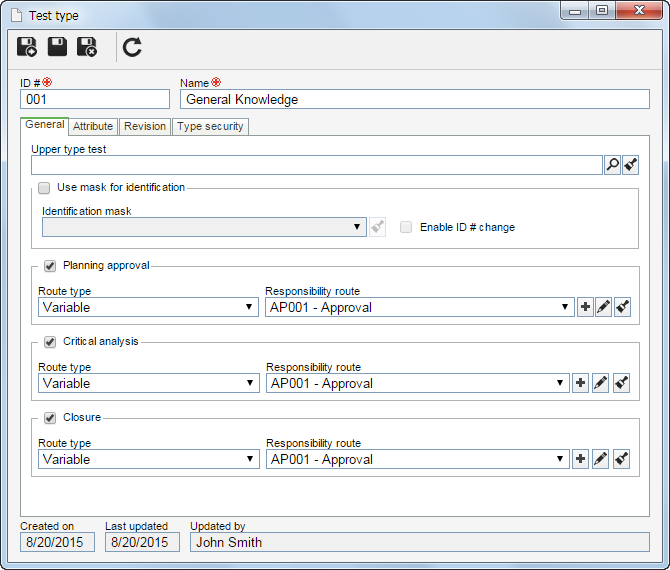
Send test by email to those participants who are not SE Suite users
Allows external individuals (guests) to have access and fill out the test, i.e., people who do not have access to SE Suite. That improvement will be used in some situations when having that survey in SE Suite is not relevant for the person who is responsible for the test, for example.
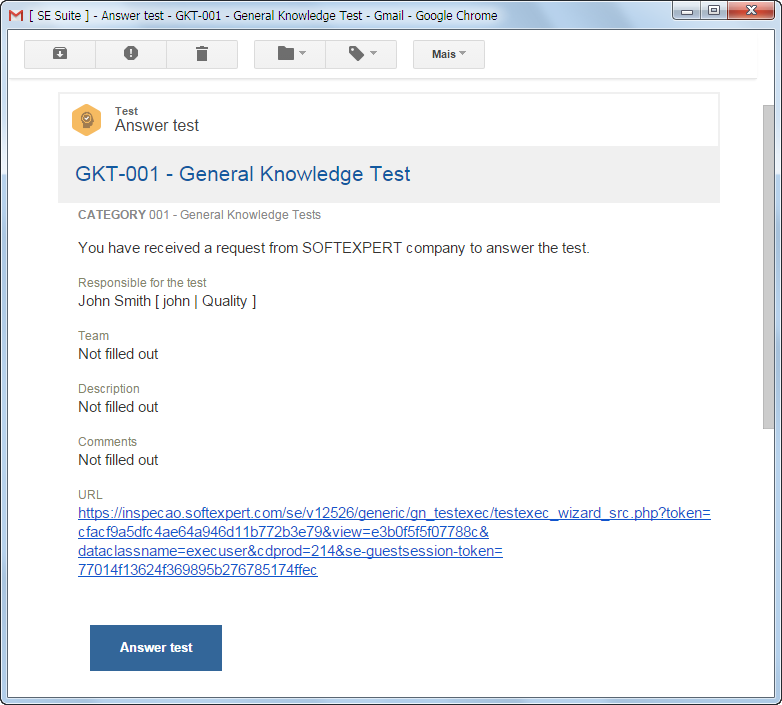
Individual view by test
Through that functionality user can quickly obtain information from tests, specially applying filters. Using those filters user will be able to determine for example, the participants who closed the survey. Score, incomplete (gave up) and participants data will be some of the information supplied through the test.
Test view
A third quadrant was added for a full view of test participant results (internal and external). Allows to apply some filters such as: test data, attribute, favorite. Result analysis through the generation of reports, BI and Analytics. Visualization of evaluation by bar chart (%) applying filters of questions and/or answers.
